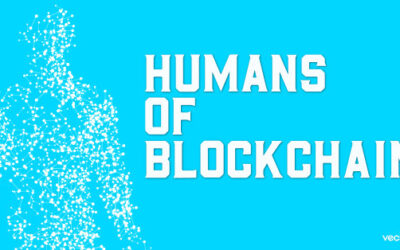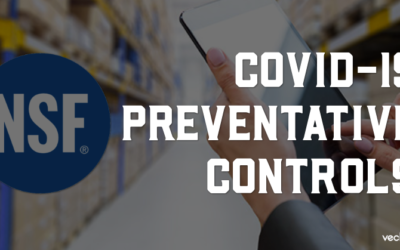This is an article written by Bright Code and published in Chinese here. I have translated it with permission, and made minor adjustments to give readers a more clear insight into the world that Chinese consumers face. Bright Code has already begun the process of implementing their solutions, and the first products are expected to be available for purchase in Q1 of next year.
China is no stranger to food safety scandals, and a recent event involving “Hema Xiansheng” (an Alibaba eCommerce app, retailer, and distributor that sells and delivers fresh groceries to customers) will undoubtedly destroy a lot of trust that the platform and industry has built up.
Secure data security and truth
“Food traceability” must rely on blockchain technology
This “Hema Xiansheng Label-gate” involves customers witnessing the employee switching updated labels on expired products to be sold as fresh. Data can be arbitrarily falsified, creating a major loophole in the supply chain. It is impossible to ensure the trustworthiness of the data based on the “QR code” linked to private company databases.

According to a study, the company behind the app and retail center directly picks up bulk vegetables from Chongming and other cities in China, and then makes independent smaller deliveries to the regional warehouses or processing centers. They marks the time of listing, date of manufacture and address on the sales label of its vegetable products, before sending it to stores for sale. Without any third party overseeing this supply chain, data can easily be falsified or tampered with.
The most significant technical advantages of the blockchain are to reduce human intervention and creating data that can’t be falsified, which can establish an open, transparent and trustworthy method in all aspects of the food industry.
For external sources on the Label-Gate incident, click here.
Take the fresh milk brand Nongchang Lianren (Cupid’s Farm) on the Bright Code platform as an example. It relies on Bright Code’s intelligent algorithms and big data to mark the production process and time on each bottle of milk. If a consumer buys a bottle of Nongchang Lianren, they can clearly view and track the full life-cycle of the product including data on:
Which farm did the dairy product comes from? Which batch of milk? Is the dairy product quarantined? Is it bottled under suitable temperature and conditions?

All data is uploaded to the blockchain and is labeled with a non-tamperable stamp. Data will also be updated and maintained by different parties along the supply chain including the ranch, factory, warehouse, and other logistical parties to ensure that data is supported on the timeline, proving the truth and security of the data.
Bright Code’s consumer confidence platform data comes directly from the source of the goods, including production information, logistics information, and consumer information feedback. It also has a world-class third-party advisory in DNV GL to oversee and supervise the process.
With consumer confidence as a new retail model,
Bright Code continues to empower the industry
The process of initiating an entire new retail model will require immense cooperation from members spanning multiple industries and within the community. However, no matter how innovative the current business model is, consumers are most concerned about the quality of the product and the experience of the service. Once consumers lose confidence in the current business model, they will question the entire industry, triggering mass changes.
Therefore, confidence is a prerequisite for realizing the next phase in business value, and this is the mission of Bright Code.
Bright Code practices the core concepts of security, trust, and openness. They use this to attract companies to join the Bright Code ecosystem. Bright Code will continue to use technology to empower various industries, and continue to build a bridge of trust between businesses and consumers.





